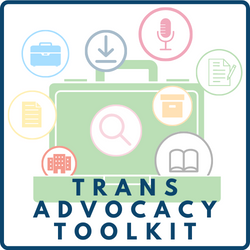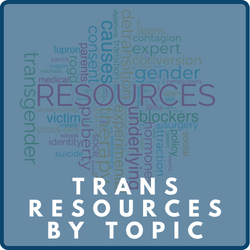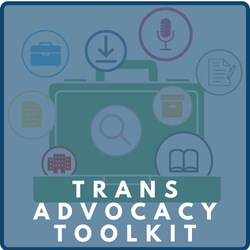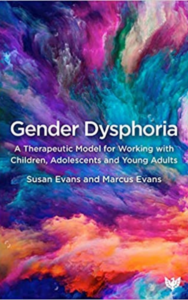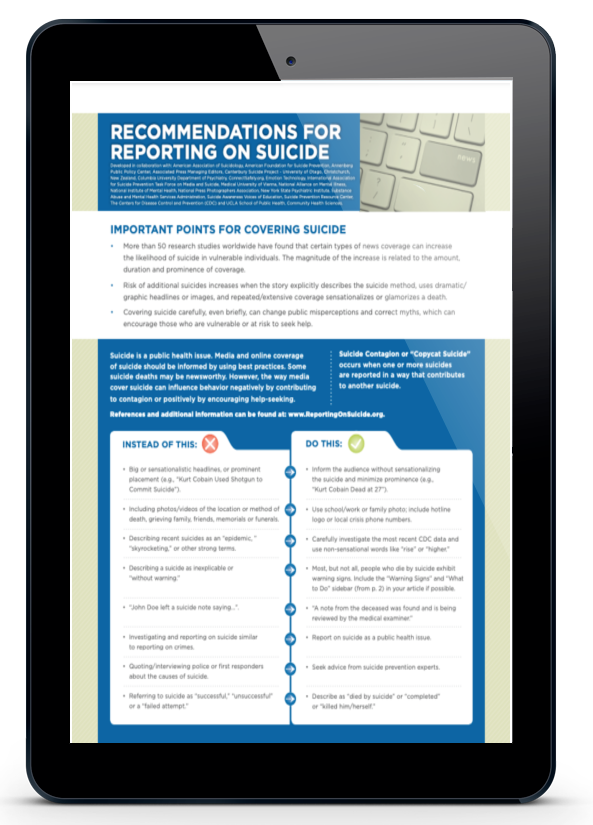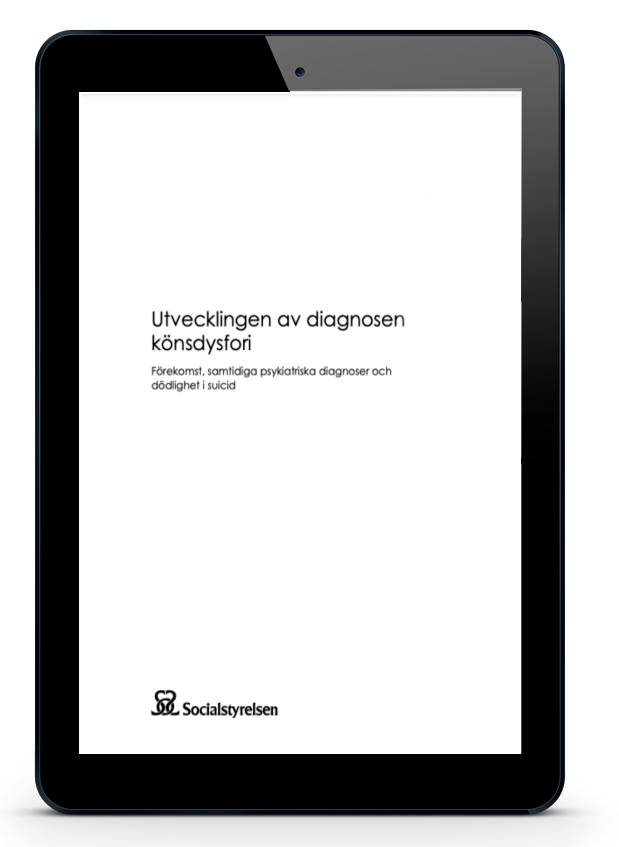UNDERSTANDING TRANSGENDER ISSUES
Resources by Topic
PUBERTY BLOCKERS | CROSS-SEX HORMONES | SURGERY | CONSENT | POTENTIAL CAUSES | ROGD | SUICIDE | SOCIAL TRANSITION | MEDICAL TRANSITION | SOCIAL CONTAGION | PARENTAL RIGHTS | POLICIES | EXPERIMENTATION | LEGISLATION | SOGI | WOMEN’S SPORTS | PUBLIC ACCOMMODATIONS | BIRTH CERTIFICATES | INTERSEX/DSD | COMPELLED SPEECH | AFFIRMATION | GENDER DYSPHORIA | DESISTERS/DETRANSITIONERS | THERAPY BANS
Suicide
Books
Videos
Commonsense Care
The Rise of Transgender Medicine
Organizations
Guides
Research
Self-Harm and Suicidality in Children Referred for Gender Dysphoria
This study examined rates of self-harm and suicidality (ideation and behavior) in children referred clinically for gender dysphoria compared with their siblings, and referred and nonreferred children from the Child Behavior Checklist (CBCL) standardization sample.
The Tavistock’s Experiment with Puberty Blockers
The Dutch protocol promised to create a more passable simulacrum of the opposite sex than could be achieved by physical intervention in adulthood. It was therefore embraced by trans-identified children and their parents, by older transgender activists, and by some clinicians specializing in gender dysphoria. The Gender Identity Development Service (GIDS), part of the Tavistock and Portman NHS Foundation Trust, treats children with gender dysphoria from England, Wales, and Northern Ireland. It launched an experimental study of “puberty blockers”—the more friendly term for GnRHa when administered to children with gender dysphoria—in 2011. The experiment gave triptorelin to 44 children, which in all or almost all cases led eventually to cross-sex hormones. This paper describes the origins and conduct of this study and scrutinizes the evidence on its outcomes.
Puberty Blockers and Suicidality in Adolescents Suffering from Gender Dysphoria
Turban et al. (2020) contributed nothing to our knowledge of the effects of suppressing puberty in adolescents.
Given that puberty suppression left up to a third of patients with abnormally low bone density, Joseph et al.’s recommendations are surprisingly complacent. One is to reduce DXA monitoring which ‘can have significant financial implications for healthcare providers’. Another is to change the computation of Z-scores; ‘reference ranges may need to be re-defined for this select patient cohort’. Rather than altering a measure that provides inconvenient findings, practitioners of puberty suppression must record fractures as adverse events.
Puberty Blockers and Suicidality in Adolescents Suffering from Gender Dysphoria
According to Turban, King, Carswell, and Keuroghlian (2020), suicidal ideation is lower in transgender adults who as adolescents had been prescribed “puberty blockers”—gonadotropin-releasing hormone analogs (GnRHa). This finding was derived from a large nonrepresentative survey of transgender adults in the U.S., which included 89 respondents who reported taking puberty blockers. Turban et al. (2020) tested six measures of suicidality and three other measures of mental health and substance abuse. With multivariate analysis, only one of these nine measures yielded a statistically significant association: the respondents who reported taking puberty blockers were less likely to have thought about killing themselves than were the respondents who reported wanting blockers but not obtaining them. This finding was widely reported in the media; the lead author published a column on its implications for health policy in the New York Times (Turban, 2020).
Correction to Bränström and Pachankis
After the article “Reduction in Mental Health Treatment Utilization Among Transgender Individuals After Gender-Affirming Surgeries: A Total Population Study” by Richard Bränström, Ph.D., and John E. Pachankis, Ph.D. (doi: 10.1176/appi.ajp.2019.19010080), was published online on October 4, 2019, some letters containing questions on the statistical methodology employed in the study led the Journal to seek statistical consultations. The results of these consultations were presented to the study authors, who concurred with many of the points raised. Upon request, the authors reanalyzed the data to compare outcomes between individuals diagnosed with gender incongruence who had received gender-affirming surgical treatments and those diagnosed with gender incongruence who had not. While this comparison was performed retrospectively and was not part of the original research question given that several other factors may differ between the groups, the results demonstrated no advantage of surgery in relation to subsequent mood or anxiety disorder-related health care visits or prescriptions or hospitalizations following suicide attempts in that comparison.
Adolescents with Gender Dysphoria: Reflections on Some Contemporary Clinical and Research Issues
This article provides an overview of five contemporary clinical and research issues pertaining to adolescents with a diagnosis of gender dysphoria: (1) increased referrals to specialized gender identity clinics; (2) alteration in the sex ratio; (3) suicidality; (4) “rapid-onset gender dysphoria” (ROGD) as a new developmental pathway; (5) and best practice clinical care for adolescents who may have ROGD.
Prevalence studies conclude that fewer than 1 in 10,000 adult natal males and 1 in 30,000 adult natal females experience GD, but such estimates vary widely. GD in adults is associated with an elevated prevalence of comorbid psychopathology, especially mood disorders, anxiety disorders, and suicidality.
The treatment for transsexualism is sex reassignment, including hormonal treatment and surgery aimed at making the person’s body as congruent with the opposite sex as possible. There is a dearth of long term, follow-up studies after sex reassignment.
This study evaluated the characteristics of suicide news articles in the digital press, their adherence to World Health Organization (WHO) recommendations, and the effectiveness of interventions.
This prospective study examines the clinical characteristics of children (n = 79; 8.42–15.92 years old; 33 biological males and 46 biological females) presenting to a newly established, multidisciplinary Gender Service in New South Wales, Australia, and the challenges faced by the clinicians providing clinical services to these patients and their families.
Puberty Blockers, Cross-Sex Hormones, and Youth Suicide
Lowering legal barriers to make it easier for minors to undergo cross-sex medical interventions without parental consent does not reduce suicide rates—in fact, it likely leads to higher rates of suicide among young people in states that adopt these changes. States should instead adopt parental bills of rights that affirm the fact that parents have primary responsibility for their children’s education and health, and that require school officials and health professionals to receive permission from parents before administering health services, including medication and “gender-affirming” counseling, to children under 18. States should also tighten the criteria for receiving cross-sex treatments, including raising the minimum eligibility age.
This study attempts, for the first time, to isolate and examine the question of current psychosocial harm for former SOCE participants among sexual minorities in representative population data.
Mormon clients’ experiences of conversion therapy: the need for a new treatment approach
Perspectives were gathered of 50 Mormon individuals who had undergone counseling to change their sexual orientation. The data were analyzed using the constant comparative method and participant verification, thereby developing a grounded theory. A model emerged that depicted participants’ intrapersonal and interpersonal motivations for seeking conversion or “reparative” therapy, their perceived benefits and harms of such interventions, and the factors that facilitated self-acceptance and consolidation of a positive self-identity. Based on these descriptions, this study provides the foundation for a broader-based treatment approach (besides one focused solely on changing sexual orientation or adopting a lesbian, gay, or bisexual identity), which is designed to produce individualized congruent solutions for religiously conflicted, same-sex-attracted clients.
Sexual Orientation Change Efforts (SOCE) *Reduce* Suicide: Correcting A False Research Narrative
Experiencing SOCE therapy does not encourage higher suicidality, as they claim; rather, experiencing higher suicidality appears to encourage recourse to SOCE, which in turn strongly reduces suicidality, particularly initial suicide attempts.
Puberty Blockers, Cross-Sex Hormones, and Youth Suicide
Lowering legal barriers to make it easier for minors to undergo cross-sex medical interventions without parental consent does not reduce suicide rates—in fact, it likely leads to higher rates of suicide among young people in states that adopt these changes. States should instead adopt parental bills of rights that affirm the fact that parents have primary responsibility for their children’s education and health, and that require school officials and health professionals to receive permission from parents before administering health services, including medication and “gender-affirming” counseling, to children under 18. States should also tighten the criteria for receiving cross-sex treatments, including raising the minimum eligibility age.




